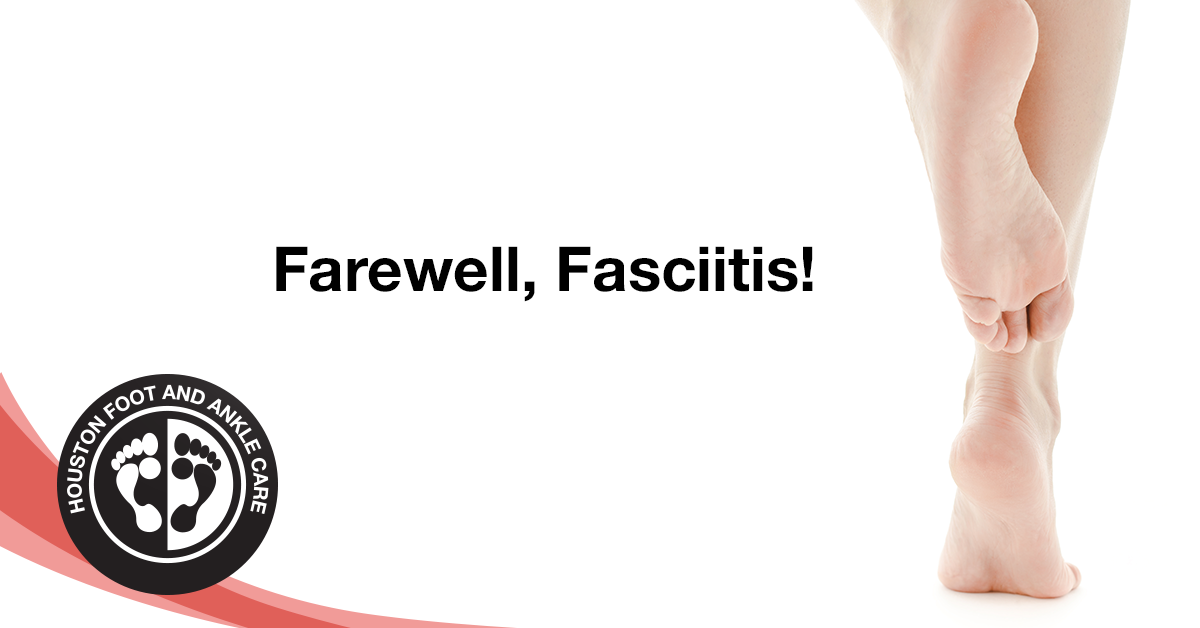Plantar Fascia Ligament
Plantar Fasciitis: Symptoms, Treatment and Prevention

In this final article in both part series on Plantar Fasciitis, Brad Walker talks about the normal symptoms of the painful sports damage as well as the most effective treatments once diagnosed. Brad also describes some very important precautionary measures that are necessary in avoiding Plantar Fasciitis. A ft . injury such as plantar fasciitis generally occurs in one foot. Bilateral plantar fasciitis is different and is commonly the result of a systemic arthritic condition that is extremely rare among sports athletes. Males suffer from a somewhat better occurrence of plantar fasciitis than females, perhaps consequently of increased weight in conjunction with greater rate and ground impact, as well as less flexibility in the ft ..Typically, the victim of plantar fasciitis experience pain upon increasing after sleep, particularly the first step out of bed. Such pain is securely localized at the bony landmark on the anterior medial tubercle of the calcaneus. In some instances, pain may avoid the athlete from walking in a normal heel-toe gait, causing an abnormal walk as means of compensation. Less common regions of pain are the forefoot, Calf msucles, or subtalar joint.After a brief period of walking with this kind of foot injury, the pain usually subsides, but returns again either with vigorous activity or prolonged standing or walking. On the field, an improved gait or irregular stride structure, along with pain during operating or jumping activities are tell-tale indications of plantar fasciitis and should be given fast attention. Further signs of the injury include poor dorsiflexion (lifting the forefoot off the bottom) anticipated to a shortened gastroc complex, (muscles of the calf). Crouching in a full squat position with the only real of the foot flat on the ground can be used as a test, as pain will preclude it for the athlete experiencing plantar fasciitis, creating an elevation of the heel due to tension in the gastroc complex.TreatmentTreatment of plantar fasciitis may also be a slow and irritating process. An application of rehabilitation should be carried out by using someone experienced and knowledgeable about the affliction. Typically, plantar fasciitis will require at least six weeks or more to six months of conservative care to be completely remedied. Should such efforts not provide pain relief to the athlete, more extreme options including surgery may be considered.The initial goals of physical remedy ought to be to increase the passive flexion of the foot and improve flexibility in the foot and ankle, eventually resulting in a full go back to normal function. Long term inactivity in vigorous sports is usually the price to be payed for thorough recovery. 50 percent measures can result in a persistent condition, in some instances severely limiting athletic ability.As a huge timeframe is spent in bed during sleeping hours, it is important to ensure that the bed sheets at the base of the bed do not constrict the feet, resulting in plantar flexion where the foot is bent straight out with the toes pointing. This constricts and thereby shortens the gastroc complex, worsening the problem. A heat pad put under the muscles of the calf for a few momemts prior to increasing may help release tension, increase flow in the low leg and decrease pain. Also during sleep, a night splint can be utilized in order to hold the rearfoot in a neutral position. This may assist in the healing of the plantar fascia and ensure that the feet won't become flexed at night time.Attention to footwear is crucial in avoiding feet injuries. Every effort should be made to wear comfortable shoes with proper arch support, fostering proper foot posture. Should arch supports prove insufficient, an orthotic shoe should be considered. Fortunately, most conditions of plantar fasciitis react well to non-operative treatment.Recovery times however vary enormously in one athlete to another, depending on age group, general health and physical condition as well as seriousness of injury. A wide period between 6 weeks and six months is usually sufficient for proper recovery. Additionally, the setting of treatment must be adaptable with respect to the details of a specific athlete?s personal injury. Methods that confirm successful in a single patient, may not improve the personal injury in another.Early on treatment of feet injuries typically includes the use of anti-inflammatory medication, icing, stretching activities, and heel inserts and splints. Cortisone injections may be essential to achieve satisfactory curing and retard irritation. In later levels of the rehabilitation process, typically after the first week, snow should be discontinued and replaced with temperature and massage.It is essential that any activity known to produce irritation or injury to the plantar fascia be immediately discontinued, including any activity including repeated impact of the heel on a difficult surface, particularly, working. Should pain from the injury persist, additional diagnostic studies should be performed to rule out other, more incredible factors behind heel pain including stress fractures, nerve compression accidents, or collagen disorders of your skin.
Plantar Fascia Ligament's Picture
Related Images with Plantar Fascia Ligament
Pinterest Plantar Fasciitis, Plantar Fasciitis Treatment and Health

plantar fasciitis plantar fasciitis taping home remedies for pain

on Pinterest Shin Splints, Heel Pain and Plantar Fasciitis Treatment

Houston Podiatrist Adds NonInvasive Tenex® Procedure for Eliminating






0 komentar: